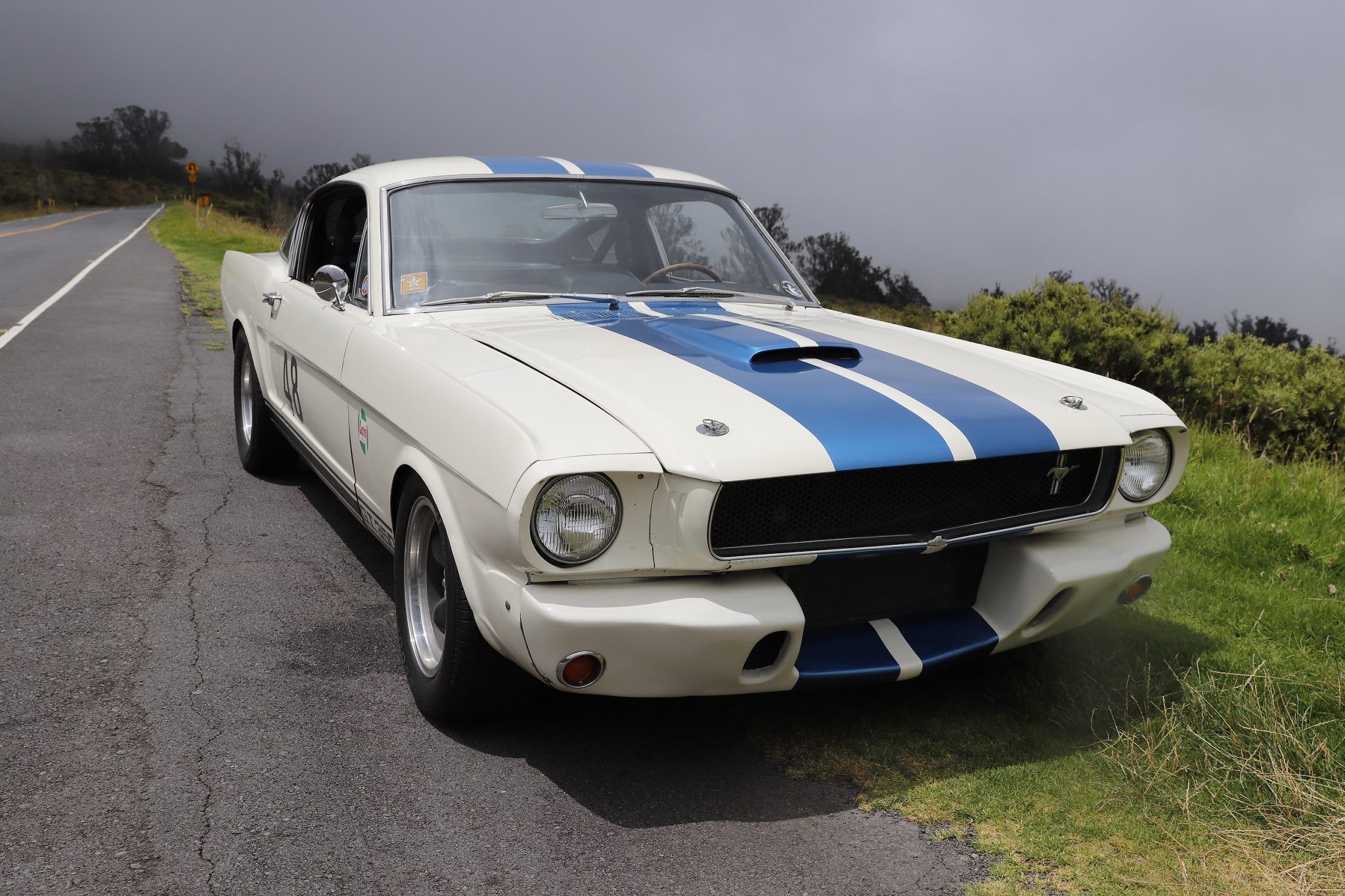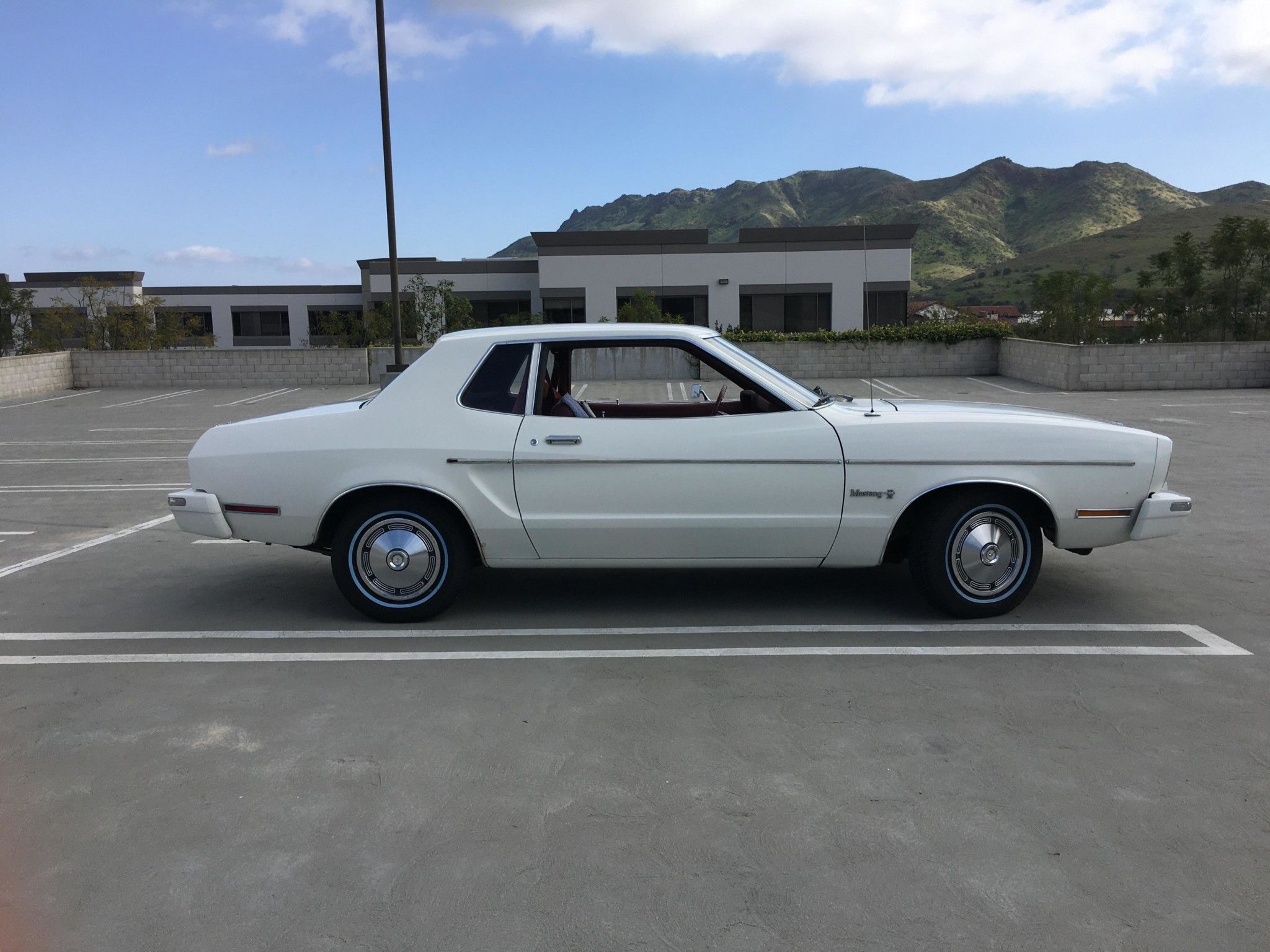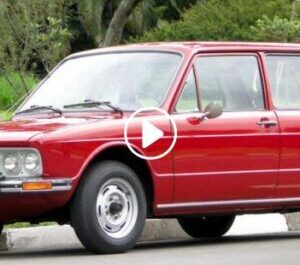
Ah, the 1965 Shelby GT350 Fastback. When Ken Miles, British-American sports car racing engineer and driver, put this beast on the map with his victory at Green Valley Raceway on February 14, 1965, the GT350 truly became a Mustang Icon. Developed as a result of collaboration between Ford and the one and only Carroll Shelby and his team at Shelby American, the GT350 boasted a modified suspension, a beefy V-8 engine (which produced 306 horsepower and 329 pound-feet of torque), and some serious upgrades in the braking and tire department. And let’s not forget that iconic look, with those classic white and blue racing stripes and that functional hood scoop. This was a muscle car that meant some serious business at that time, with a top speed north of 140 mph. No wonder it was sold for a record $3.5 million at Mecum Auctions.
9 Worth Buying – 1969 Ford Mustang Boss 429

The 1969 Ford Mustang Boss 429 – where do we even begin? This isn’t just any Mustang, folks. No, this is a car that was born out of pure, unadulterated competition. You see, Ford needed to build a limited-production Mustang to meet the homologation requirements for NASCAR, and the Boss 429 was the result. And what a magnificent result it was – only 859 units were produced, making it a rare and exclusive ride. But the Boss 429 isn’t just about rarity. This beast of a unit comes equipped with a massive 429 cubic-inch V-8 engine that produces 375 horsepower and 450 pound-feet of torque. Want to get your hands on this true classic? These beauties don’t come around often, as evidenced by that gorgeous Boss 429 that was discovered after sitting in a garage for over 40 years. Snag one if you can because it’s one of the ultimate collectible Mustangs.
8 Definitely Avoid – 1972 Ford Mustang

When the highly successful Boss Mustang program came to an official end in 1972, Ford had big shoes to fill with the release of the 1972 Mustang. However, the car fell short in several key areas, making it a disappointment in the competitive and ever-evolving muscle car market. Unfortunately, the 1972 Ford Mustang was hampered by a lack of power from its base engine, the 250 cubic inch inline-six. This engine produced only 98 horsepower, which was significantly less than what other muscle cars of the time offered. Moreover, the car was plagued by electrical issues, which made it a frustrating ownership experience. In short, the 1972 Mustang failed to live up to the legacy of its predecessor and was a disappointment for Ford and muscle car enthusiasts.
7 Worth Buying – 1967 Ford Shelby GT500

The 1967 Shelby GT500 is a true muscle car masterpiece, impeccably blending insanely attractive looks with a heart-pumping performance. This American icon was the result of the vision and hard work of the legendary Carroll Shelby, who transformed the Mustang into the high-performance machine we know and love today. With a powerful, 428 cubic-inch V-8 engine under the hood, the Shelby Mustang GT500 packed a punch with 355 horsepower. There are countless reasons to adore the 1967 Ford Mustang Shelby GT500, but perhaps it would be best to conclude with a fun fact. Well, the 1967 Mustang starred alongside Nicolas Cage in the iconic film “Gone in 60 Seconds.” There you have it.
6 Definitely Avoid – 1974 Ford Mustang II

Have you ever impatiently waited for something, only to be let down once you finally got it? That’s exactly how many Mustang enthusiasts felt when the 1974 Ford Mustang II hit the market. While it’s true that some of the negative reactions to the car were perhaps overly harsh, there’s no denying that the Mustang II was a disappointment from the start. Its poor performance, low fuel efficiency, and sluggish acceleration made it a tough sell for muscle car enthusiasts. The 1974 Ford Mustang II was not exactly a powerhouse on the road. Its base engine, a 2.3-liter inline-four, produced a measly 88 horsepower. Even the optional 2.8-liter V-6 engine, which produced 105 horsepower, was underwhelming compared to the V-8 engines offered in previous Mustang models. And that’s not all – we are not done yet. The speedometer struggled to keep up with this awkward-looking car. Moreover, the short wheelbase made the car look plain ugly.
5 Worth Buying – 1968 Ford Mustang 428 Cobra Jet

The 1968 Ford Mustang 428 Cobra Jet is a true classic that needs no introduction. This iconic muscle car is powered by a massive 428 cubic-inch V-8 engine that churns out 335 horsepower and 440 pound-feet of torque, and it’s paired with a 4-speed manual transmission that lets you fully exploit all that raw power. But it’s worth mentioning that this pony car isn’t just about brute force; it also has the handling to back it up. With front disc brakes and heavy-duty suspension, the 1968 Ford Mustang 428 Cobra Jet can stop and turn on a dime, making it a true high-performance machine that effortlessly turns heads. The 1968 Ford Mustang 428 Cobra Jet is a rare and legendary car that any collector would be lucky to have in their garage. So, if you get a lucky break to own an exciting piece of automotive history, this is one Mustang you won’t want to miss.
4 Worth Buying – 1971 Ford Mustang Mach 1

It won’t be wrong to say that the 1971 Ford Mustang Mach 1 was a real game-changer upon its release. You see, Ford had to give a facelift to its first-generation Mustang Mach 1 to attract a younger, pumped-up audience and go head-to-head with the Pontiac Firebird and Chevrolet Camaro in the highly competitive muscle car market. And Ford certainly didn’t disappoint. The 1971 Ford Mustang Mach 1 roared onto the scene with a variety of engine options, including a 5.0 liter V-8, a 5.8 liter V-8, and a 6.4 liter V-8. Moreover, it was the final year for the beastly 429 Cobra Jet Engine. On top of strong acceleration, agile handling, and high top speed, the Mach 1 featured an aggressive, sleek body style with a unique hood scoop.
3 Definitely Avoid – 1977 Ford Mustang II

After the 1974 Ford Mustang II disaster that left many Mustang critics and enthusiasts speechless (even devastated), the automobile manufacturer created another subpar vehicle in the form of the 1977 Ford Mustang II. One prominent issue was that the ‘muscle car’ was less powerful than previous trailblazing models that were more better-performing and agile. Also, this model wasn’t stylish enough or visually appealing. The base model with a 2.3-liter four-cylinder engine produced 88 horsepower, and the optional V-6 engine produced only 105 horsepower. With a boxy and mostly uninspiring design, many felt that it failed to capture the same sense of style and muscle that Ford is renowned for. Moreover, many owners reported problems with the suspension, electrical system, and handling.
2 Worth Buying – 1970 Ford Mustang Boss 429

The 1970 Mustang Boss 429 is, without any doubt, one of the toughest and most badass Ford Mustangs ever built. It is a testament to Ford’s engineering prowess. It was the first Mustang ever to be graced with a rear sway bar, which helped give this beast better handling compared to others. Under the hood of this beauty lurked a massive 429 cubic-inch V-8 engine that was capable of generating 375 horsepower and 450 pound-feet of torque. The engine, paired with a four-speed manual transmission, impressive suspension, and a sleek body, helped it slice through the air and leave everyone in sheer awe. And with a limited production run of just 1,358 units (859 units in 1969 and 499 units in 1970), the Boss 429 became a true collector’s item for car enthusiasts.
1 Definitely Avoid – 1980 Ford Mustang

The 1980 Ford Mustang was a vehicle that seemed to suffer from a bit of an identity crisis. As the Mustang brand tried to adapt to the style trends of the 1980s, some critics argue that it lost sight of what made the Mustang such a beloved muscle car in the first place. While the 1980 Mustang was still popular with some buyers, it was plagued with issues, such as poor handling, questionable styling, and a subpar paint job. In terms of performance, the car’s base 2.3L inline-four engine produced just 88 horsepower and 110 pound-feet of torque. Moreover, the 1980 Mustang was also known for having a relatively weak structure. The 1980 Ford Mustang may not have been a complete disaster, but it’s not exactly a classic Ford Mustang that’s worth investing in today



